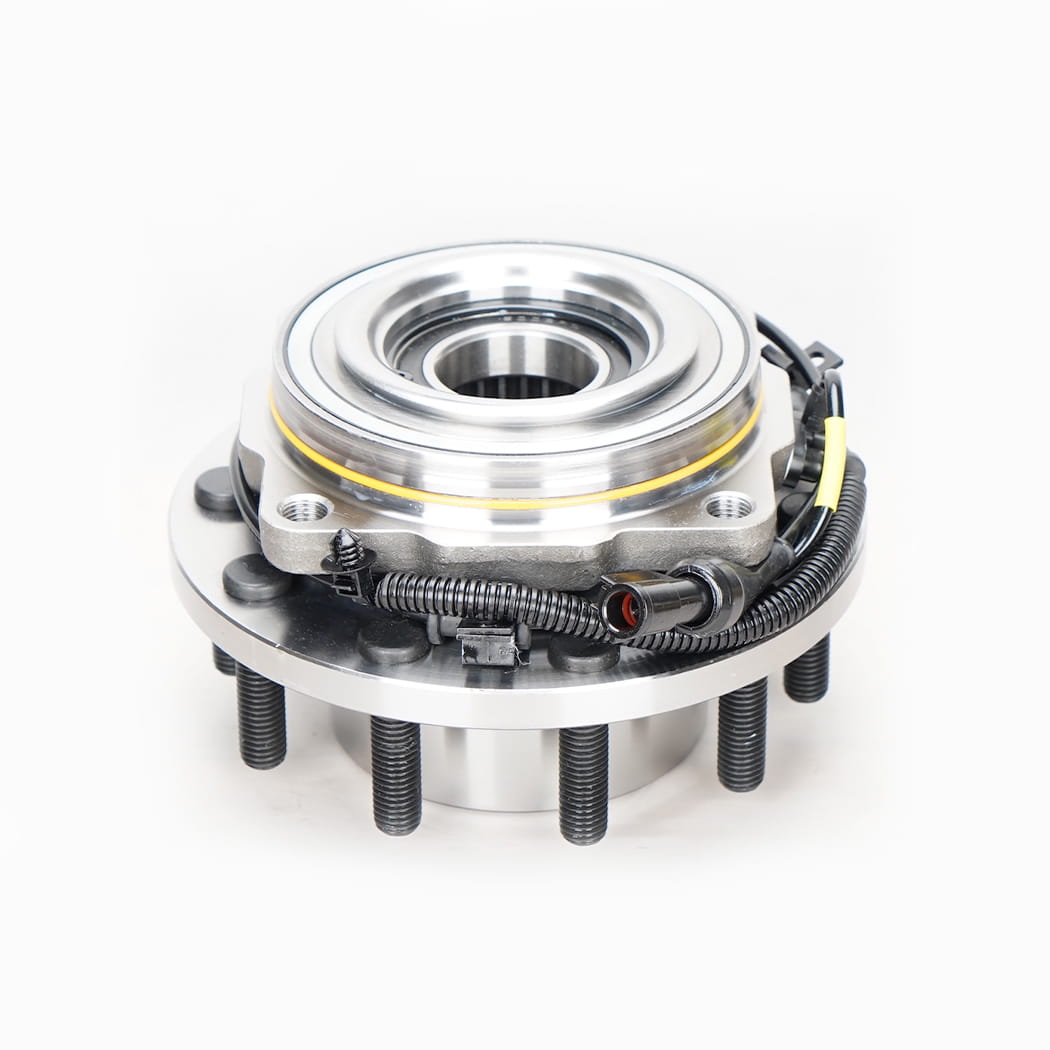The Rear Hub Assembly is a vital, non-negotiable part of a modern vehicle's suspension and drivetrain. It serves as the mounting point for the wheel, allowing it to spin freely while simultaneously connecting it to the axle or suspension system. Far from being a simple, static part, this assembly integrates several key functions crucial for safe and efficient driving.
A typical Rear Hub Assembly is a complex unit designed for precision and durability. Its primary components include:
Hub Flange (or Spindle): This is the outward-facing plate with studs onto which the wheel is bolted. It dictates the vehicle's bolt pattern.
Wheel Bearings: The most critical functional part. These precision-engineered ball or roller bearings allow the hub and wheel to rotate with minimal friction. They are housed within the assembly, often pre-packed with grease and sealed for life, making the entire unit a single, replaceable component in many contemporary vehicles (known as a hub bearing assembly).
Housing/Body: The main structural shell that contains and protects the bearings, and bolts directly to the vehicle's suspension (e.g., the knuckle or trailing arm).
ABS Sensor/Reluctor Ring (in some designs): Many modern assemblies incorporate a magnetic ring or tone wheel for the Anti-lock Braking System (ABS). A sensor reads the speed of this ring, providing essential data to the ABS control unit.
The primary function of the Rear Hub Assembly is to support the weight of the vehicle, minimize rotational friction, and maintain the precise alignment of the wheel. It must withstand significant radial forces (up-and-down movement) and axial forces (side-to-side cornering loads) under all driving conditions.
Rear Hub Assemblies vary significantly depending on the vehicle's design and driven wheels:
Non-Driven Axles (e.g., Rear-Wheel Drive Front, or Non-AWD Rear): In vehicles where the rear wheels are not powered, the assembly is primarily a spindle/bearing unit bolted to a suspension component.
Driven Axles (e.g., Rear-Wheel Drive Rear, All-Wheel Drive): When the assembly is part of the powered axle, it must also transmit torque. These assemblies often feature a splined inner bore to interface with the CV (Constant Velocity) Axle Shaft. This design integrates power transfer and wheel rotation within one compact unit.
Over time, designs have evolved from simple "bearing-and-race" setups to integrated, maintenance-free units:
Generation 1: Separate bearings, races, and hub that are pressed together.
Generation 2: A cartridge-style bearing unit pressed into the hub or knuckle.
Generation 3: The fully integrated Rear Hub Assembly where the hub, flange, and sealed bearing unit are one bolt-on component. This is the most common design today, valued for its ease of replacement and improved precision.

A failing Rear Hub Assembly presents distinct symptoms that shouldn't be ignored, as failure can compromise steering and braking integrity.